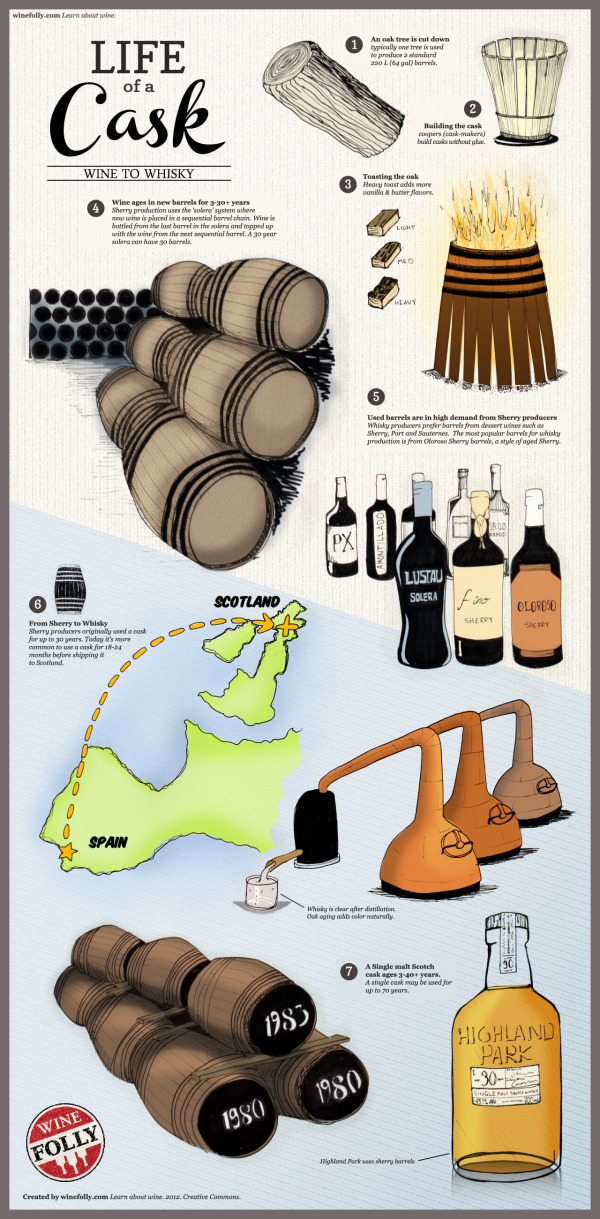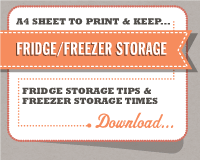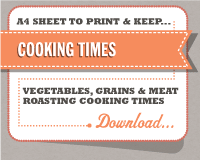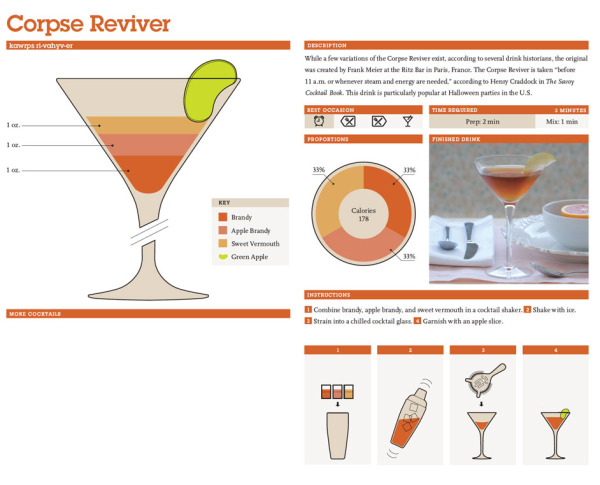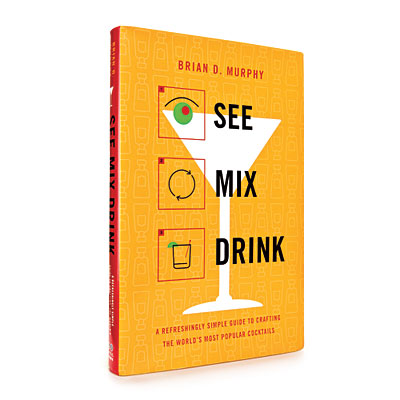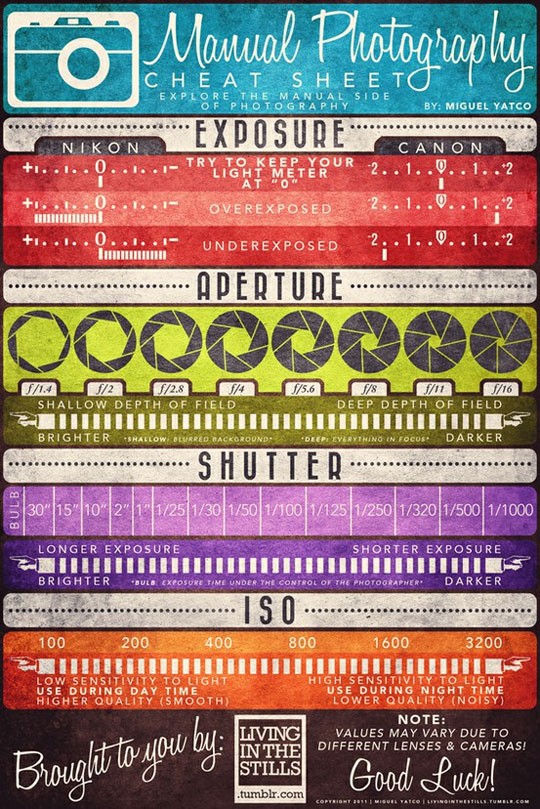How Does A Touchscreen Phone Work?
This is the reason why your iPhone won’t work with gloves but your Samsung U600 will! The How Does A Touchscreen Phone Work? infographic from mycricket.com compares phones with the three different types of touch screens.
Ever wonder why some touch screen phones cost more than others? Or why you can’t seem to get the touch screen on your smartphone to work if you’re wearing a glove? Most people don’t know that there are three different types of touch screen technologies available: resistive, capacitive, and infrared. Learn about the different benefits and capabilities to make sure you get the touch screen phone you’re looking for.
This is a really good comparison infographic design. Each feature is clearly illustrated for the reader, the text descriptions are minimal and it’s very easy to read top-to-bottom.
I had trouble finding the original because the URL link to the original landing page was not included at the bottom of the design (always include the URL!), and there should be some type of copyright or Creative Common license. Not really a problem, but I’m surprised the design doesn’t include any mention of the Cricket Wireless brand or logo.
Thanks to Sam for sending in the link!









 Randy
Randy

